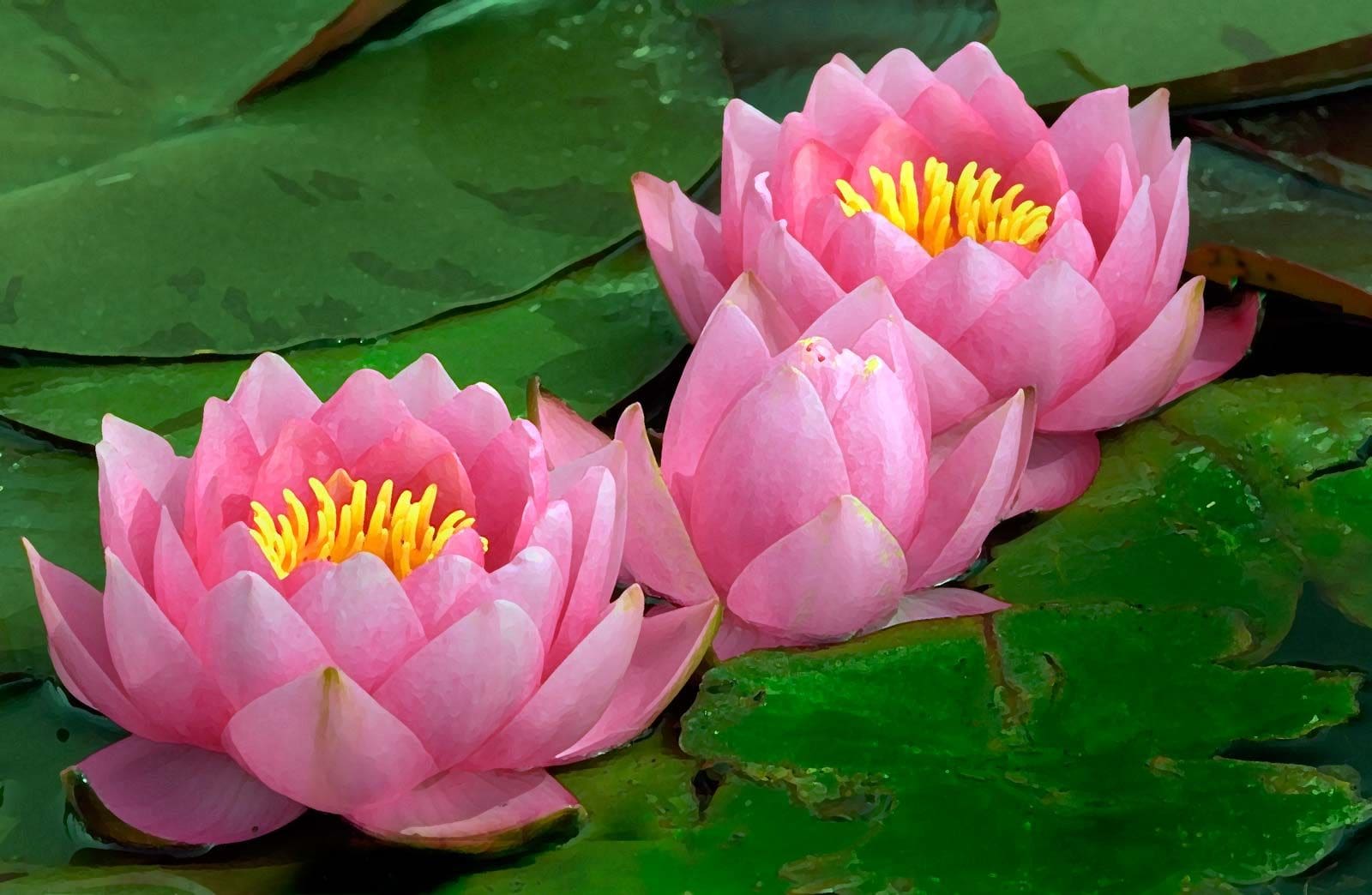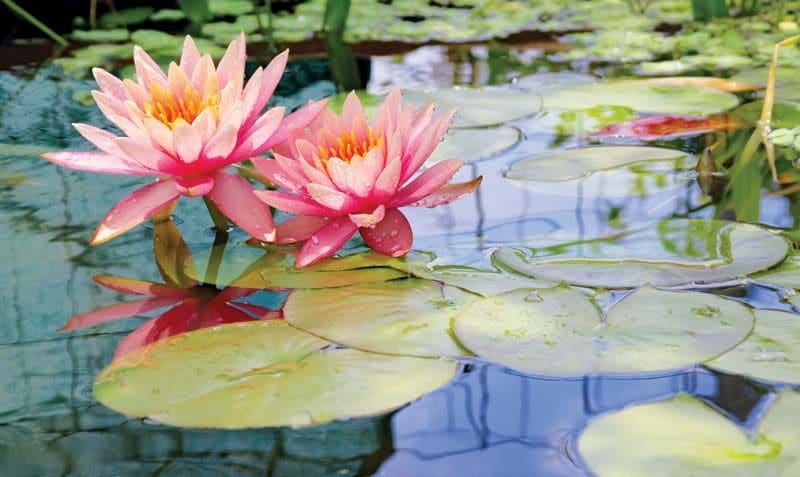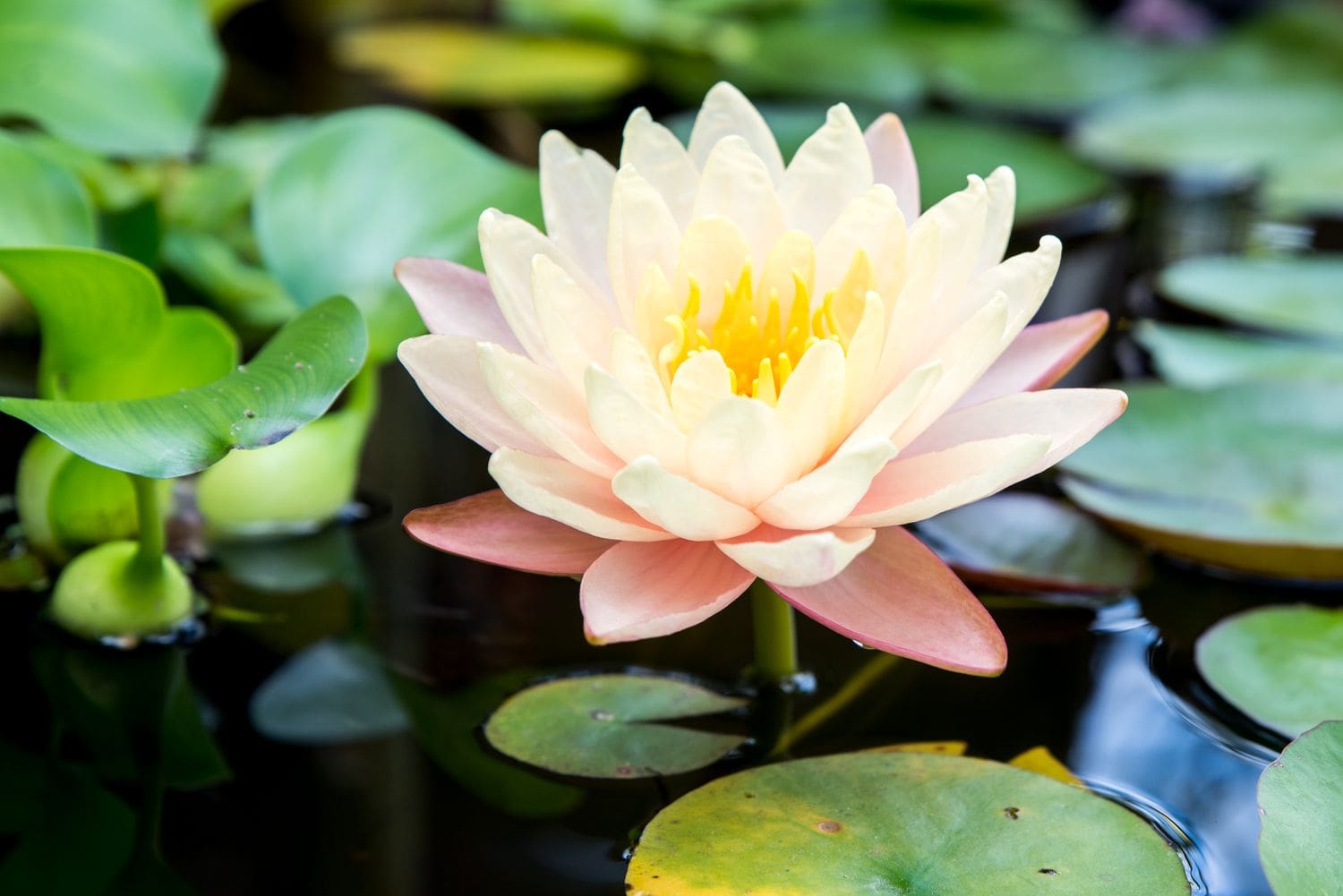Immersing yourself in the realm of botany, one cannot overlook the understated elegance and exquisite beauty of the aquatic plant, the water lily. Endowed with distinct morphological features, these organisms provide not only aesthetic pleasure but also reflect ecological intricacies that are worth contemplating. In your perusal of this article, detailed insights will be revealed about the water lily, including its defining characteristics, distribution, ecological significance, and cultural relevance. Insightful exploration of this intriguing plant offers a deeper understanding of aquatic botany and evokes a profound respect for nature’s complexities.

Overview of Water Lily
The water lily is an enchanting aquatic plant, known for its floating leaves and vibrant flowers that form a serene display on the surfaces of freshwater bodies. Its beauty belies its impressive adaptations that allow it to survive and thrive in distinct freshwater ecosystems around the world.
Description and Characteristics
Water lilies are perennials plants, which means they persist for many seasons while constantly growing and reproducing. What distinguishes them from creek-side botanical contemporaries is their unique growth pattern—the plant’s roots anchor in the soft mud at the bottom of a body of freshwater, while its leaves and flowers bask in the sunlight on the water’s surface. The leaves, often called lily pads, are notable for their round shape and radial notch from the circumference to the stem. The flowers, gracing the scenery with their radiant colors ranging from crisp white, yellow to stunning shades of pink, have a special mechanism to protect their reproductive parts. They close at night or during cloudy weather and reopen when it is sunny or in the daytime.
Common Types and Species
There are countless water lily types that belong to the Nymphaeaceae family. Two commonly found species are Nymphaea odorata, known as the Fragrant Water Lily for its delightful aroma, and Nelumbo nucifera, the multiple-petaled Sacred Lotus, revered in various cultures for its spiritual symbolism.
Water Lily Habitat
Freshwater Aquatic Systems
Water lilies favor calm freshwater aquatic systems, particularly ponds, lakes, and slow-moving streams. These water bodies provide the optimal environment to fulfill their light and temperature requirements. Additionally, their calm surfaces allow for efficient gas exchange, ensuring the plants can photosynthesize effectively.
Global Distribution
Being a remarkably adaptable plant, water lilies are widely distributed globally. They grow prolifically in temperate and tropical areas, provided the waters are not freezing or overly polluted. Each geographical region favors specific water lily species, marking the landscape with a distinct natural touch.

Water Lily Morphology
Structure of Leaves
Water lily leaves or ‘lily pads’ are circular with a radial slit from the edge to the petiole attach point. They exhibit a marvelous hydrophobic property—because of their waxy coating, water droplets simply roll off their surface. These leaves can measure up to 30 cm in diameter and help the plant float on the water surface, capturing ample sunlight for photosynthesis.
Structure of Flowers
The flowers of a water lily are like an orchestra of color and form—often wide, flat, or cup-shaped, consisting of several layers of petals. They are marked by a unique trait—thermogenesis, which means they can regulate their temperature. This ability assists them in attracting pollinators, even in colder weather.
Root System
Water lilies produce a rhizome—a horizontal stem that resides in the mud at the bottom of bodies of water. From this rhizome, thread-like roots extend, anchoring the plant firmly to the bed of the water body. New shoots generate from the growing tips of the underwater rhizome, leading to the emergence of new plants.
Life Cycle of Water Lily
Growth Stages
The growth of a water lily begins from a seed that germinates at the bottom of a water body. The young seedling gradually forms a rhizome and continues to grow. Eventually, long stems called petioles start to grow upwards, bearing leaves and flowers that reach the water surface. The plant continues to grow and reproduce until it eventually dies down in unfavorable conditions.
Flowering and Fruiting
When receptive, the brilliant flowers attract pollinators like bees and beetles, leading to pollination. Following successful pollination, the flower turns into a green fruit that eventually darkens and drops into the water, releasing its seeds.

Cultivation of Water Lilies
Planting Conditions
Cultivating water lilies requires careful consideration of light, water depth, and temperature. They thrive under a minimum of 5 hours of sunlight daily. The water depth for planting should be shallow initially, deepening as the plant grows.
Care and Maintenance
Regular removal of dead leaves and flowers keeps the lily plants healthy and thriving. In extremely cold climates, the plant may require removal from the water body during winter and stored in a moist and frost-free place to guard against freezing.
Propagating Water Lilies
Water lilies propagate in various ways, but most commonly through the division of its rhizome. This approach involves cutting a section of the mature rhizome with a couple of leaf shoots and planting it separately.
Water Lilies in Ecosystems
Roles in Aquatic Ecosystems
Water lilies perform crucial roles within an ecosystem. They provide shade to aquatic life, which aids in regulating the water temperature; they also afford shelter to many aquatic species. The plant’s underwater structure offers habitat and food sources to numerous organisms.
Interactions with Aquatic Fauna
Several species of fish and insects are known to inhabit the dense network of stems and leaves of water lilies. They offer a protective sanctuary for spawning fish and other small aquatic animals. By attracting pollinators, water lilies also promote biodiversity within their ecosystems.

Uses of Water Lilies
In Horticulture and Landscaping
Water lilies are cherished for their ornamental value. Their array of colors brings a delightful appeal to ponds, lakes, and water gardens. In landscape design, they serve as practical and aesthetic components, offering a visual treat while maintaining the health of the ecological system they inhabit.
Cultural Significance and Symbolism
Water lilies bear profound symbolic significance across various cultures. For instance, in Buddhism, the water lily, specifically the lotus, represents purity and spiritual enlightenment.
Medicinal and Nutritional uses
Certain species of water lilies have been utilized for medicinal and nutritional purposes. Their seeds, leaves, and even flowers have been consumed in various forms based on traditional knowledge that they have curative and nutritional properties.
Classification of Water Lilies
Nymphaeaceae Family
Water lilies belong to the family Nymphaeaceae, which contains around 70 species spread out across 6 genera. This family of aquatic, rhizomatous herbs is renowned for the radial symmetry and broad floating leaves of its species.
Genus and Species in Taxonomy
In water lily taxonomy, numerous genera are recognized, including Nymphaea, Nelumbo, and Nuphar, each comprising several species. Notably, the Nymphaea genus is the largest and most diverse, showing significant variations in leaf and flower color, scent, size, and overall morphology among its species.

Threats to Water Lilies
Invasive Species
Water lilies can be threatened by invasive species that can compete for resources or directly harm the lily. Certain species have become invasive themselves in regions where they were introduced, outcompeting native flora and altering ecosystems.
Pollution and Habitat Destruction
Another significant threat to water lilies is pollution and habitat destruction. Urbanization, agricultural runoff, and industrial pollution can degrade their freshwater habitats, leading to a decline in their populations.
Climate Change Effects
Changes in temperature and precipitation patterns due to climate change can have direct and indirect impacts on water lilies. Warmer waters may drive certain species out of their comfort zones, while extreme weather events can destroy their habitats.
Conservation of Water Lilies
In-situ and Ex-situ Strategies
Water lily conservation involves both in-situ (within natural habitat) and ex-situ (outside natural habitat) strategies. In-situ activities might include protecting and managing existing habitats. Ex-situ conservation often involves cultivating and storing plants or seeds in nurseries, botanical gardens, or seed banks.
Conservation Status of Water Lily Species
The conservation status of water lily species varies widely. Some are relatively common and not considered threatened, while others are rare and face considerable risk. Regular monitoring and assessment of populations are essential to ensure the long-term survival and health of these captivating plants.